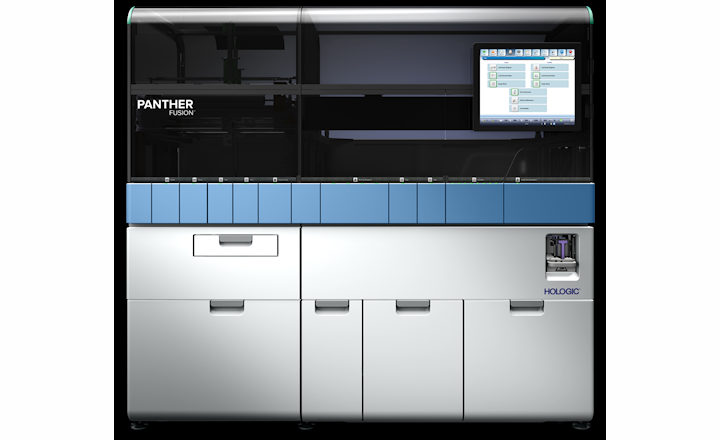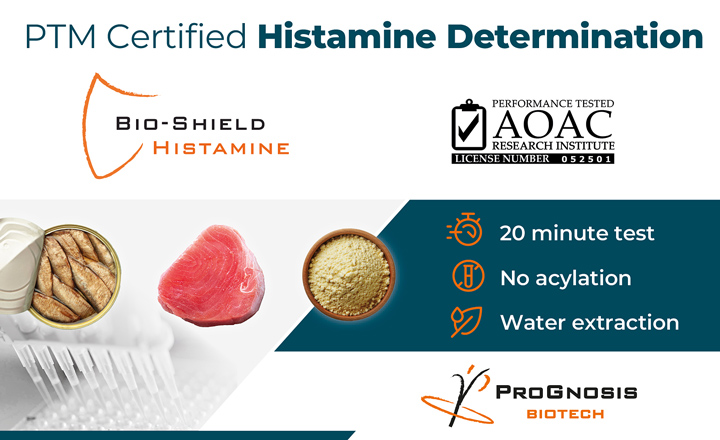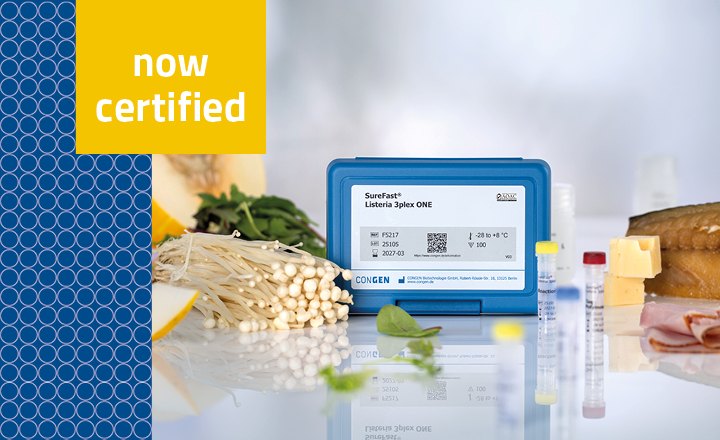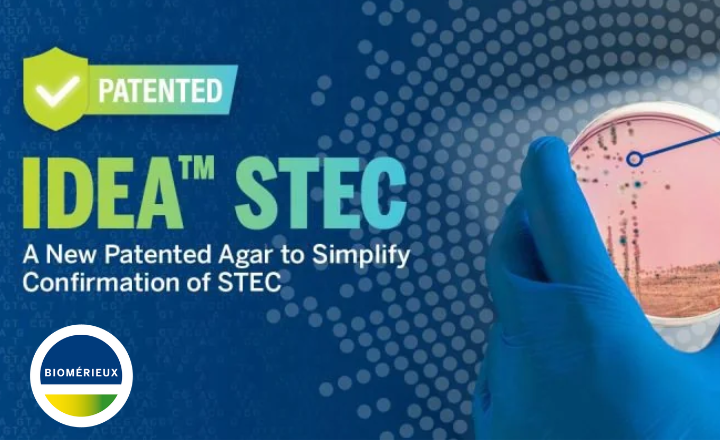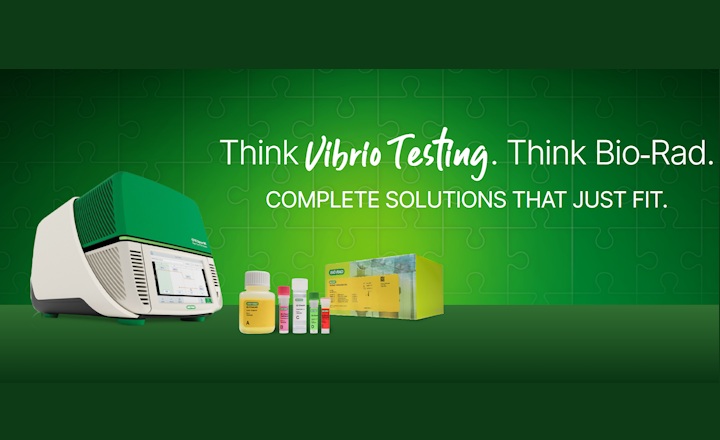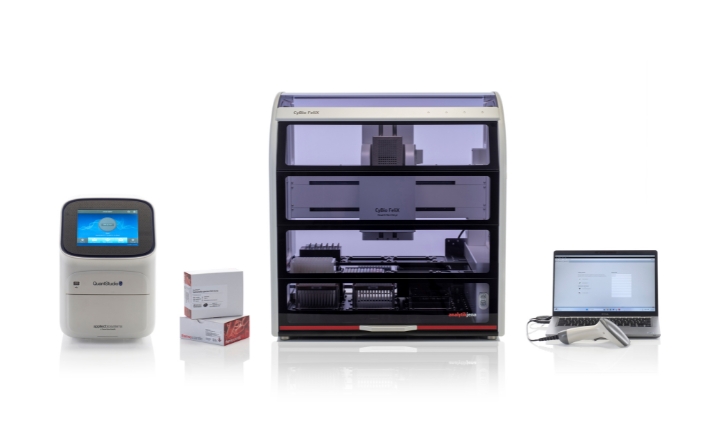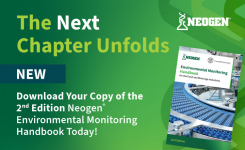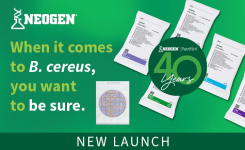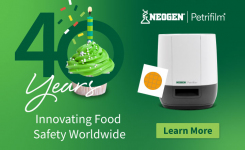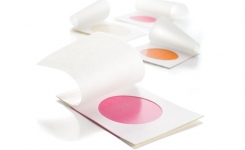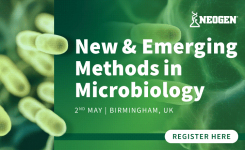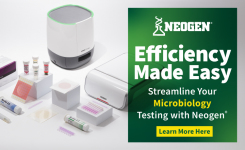3M Food Safety have introduced two assays that can detect the genes associated with Shiga toxin-producing E. coli (STEC), organisms. The 3M™ Molecular Detection Assay 2 - STEC Gene Screen (stx and eae) is able to rapidly detect the genes for Shiga toxin types 1 and 2, as well as eae, the intimin gene that allows the bacteria to attach to intestinal cells. The second assay, the 3M™ Molecular Detection Assay 2 - STEC Gene Screen (stx) detects only Shiga toxin genes, allowing labs to serve varying screening needs.
Both test kits are immediately available and are applicable to samples enriched from foods and from food processing environments. In addition, the assays have received Performance Tested MethodsSM (PTM) certification from the AOAC® Research Institute based on validation research conducted by independent laboratories.The 3M Molecular Detection Assay 2 - STEC Gene Screen (stx and eae) (Certificate #071902) demonstrated equivalent performance to the USDA FSIS method for raw beef trim and raw ground beef, and to the FDA BAM reference method for fresh spinach. The 3M Molecular Detection Assay 2 - STEC Gene Screen (stx) (Certificate #071903) demonstrated equivalent performance to the USDA FSIS method for raw ground beef, and to the FDA BAM reference method for fresh spinach.
The new assays bring the number of next generation test kits compatible with the award-winning 3MäMolecular Detection System to eight, three of which now relate to E. coli. The 3M™Molecular Detection Assay 2 - E. coli O157 (including H7) was introduced in 2016 as a method for detecting the strain most commonly associated with E. coli O157 outbreaks. However, many manufacturers still wish to screen for non-O157 STECs, including eae-negative subsets like the O104:H4 strain that was responsible for a large outbreak in Europe earlier this decade.
“Pathogen testing isn’t a one-size-fits-all proposition so our team has worked diligently to give food processors a number of test kits to address the needs and regulations that may be uniquely confronting them,” said Caroline Michael, 3M Food Safety new product marketer. “We’re proud to offer a stx-only assay, as we know there are food manufacturers who want flexibility to test for a specific genetic profile. Flexibility is also enhanced with the (stx and eae) test kit, which clearly indicates the presence or absence of each of these genes in a test sample. For example, some companies want to rule out the presence of enteropathogenic E. coli – isolates that contain the eae gene but not stx– when interpreting results.”
The award-winning 3M Molecular Detection System platform and its various assays are used by food processors, universities, governments and contract testing laboratories around the world as a fast, accurate, easy-to-use and affordable test method. It overcomes limitations of conventional PCR by using progressive loop-mediated isothermal amplification (LAMP) to amplify DNA sequences with high specificity and sensitivity, and then combines this process with bioluminescence as a means for detection.
Presumptive positive results are revealed in real-time while negative results display once the test complete. In addition, the 3M Molecular Detection System is a primary method of the USDA FSIS for the detection of Salmonella and Listeria.
For more information visit www.3M.com/STEC.
Meet the team at 3M at IAFP 2019 stand #417
Note: This content has been edited by a rapidmicrobiology staff writer for style and content.


